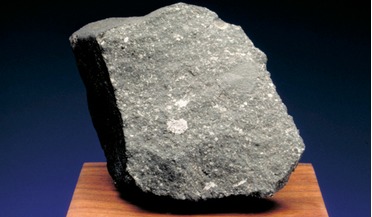 29 January 2020
Material older than the Sun found unexpectedly where it shouldn't be
29 January 2020
Material older than the Sun found unexpectedly where it shouldn't be
... is proving so surprising, it could force scientists to revise what they think conditions were like in the early solar nebula. Our Solar System is around 4.6 billion years old. It grew from a gigantic cloud filled with gas and dust and...
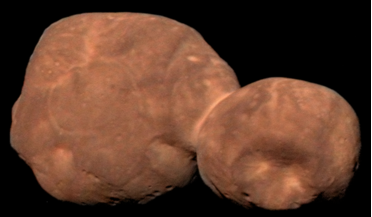 14 February 2020
Arrokoth helps resolve longstanding controversy on Solar System evolution
14 February 2020
Arrokoth helps resolve longstanding controversy on Solar System evolution
... same conclusion; Arrokoth looks and behaves the way it does because it formed in a local collapse cloud of the solar nebula. This is far removed from the other alternative longstanding theory of planetesimal formation, whereby objects from disparate...
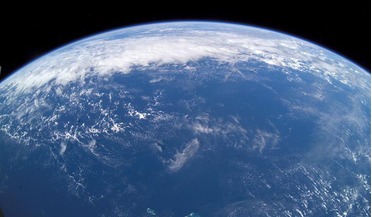 09 November 2018
Leftover gas from the Sun's birth created Earth's water
09 November 2018
Leftover gas from the Sun's birth created Earth's water
...mantle with isotopic signatures that match those from the solar nebula. "We calculated how much hydrogen dissolved in these ... tenths of an ocean's worth of hydrogen came from the solar nebula gas." And maybe there are other objects that contributed to...
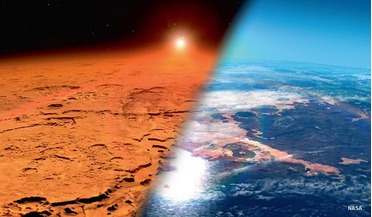 December 2014
MAVEN and the evolution of Mars
December 2014
MAVEN and the evolution of Mars
... latter three formed with similar makeup in the inner solar nebula about 4.5 billion years ago. The original atmospheres ... a role in the very human history of robotic solar system exploration – unexpected discoveries notwithstanding. The MAVEN mission...
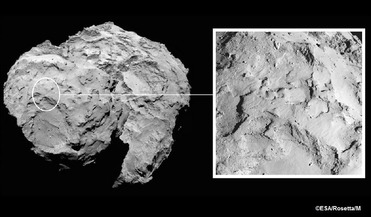 December 2014
Rosetta revelations: the fabric of comet 67P/Churyumov-Gerasimenko
December 2014
Rosetta revelations: the fabric of comet 67P/Churyumov-Gerasimenko
... and from there about how the building blocks of our solar system formed By carrying very sensitive instruments for the in ...comets work; where the material comes from; how the solar nebula looked; how the first planetesimals accreted; how the Earth...
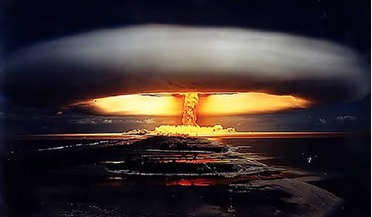 February 2016
Nuclear Flashlamps in Space
February 2016
Nuclear Flashlamps in Space
...assembly of the Solar System. Their material composition is evidence of conditions in the pre-solar nebula that formed ... regularly at the Goldstone and Arecibo observatories to investigate Solar System objects at multiple-AU distances, still far less...